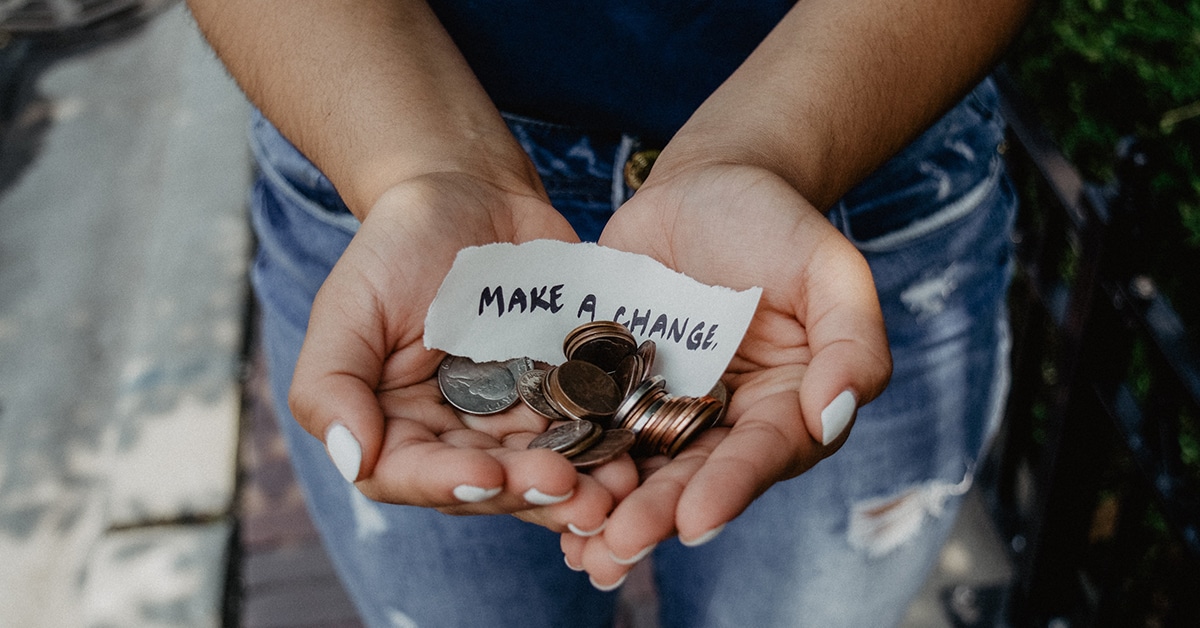Human brains are odd. We are drawn to shiny objects, cute animals, fancy buildings, and exclusivity. We crave social acceptance and recognition. Our minds want to solve problems quickly, so we gravitate towards simple and easy to understand solutions. We make hasty, self-motivated decisions, and rationalize them later.
How We Can Solve the Roots of Our Problems
One consequence of our brain function is that when we consider our philanthropic giving, our attention is naturally drawn downstream to emergency assistance. We give to feed the hungry, rescue a street dog and bring the homeless in from the cold.
However, consider this: what if we also gave to build self-sufficiency and solve and prevent problems? Or if we gave to organizations that help people train for a higher-paying job? How about we give to organizations that build affordable housing? What if we gave as much money to organizations that fight puppy mills and provide no or low-cost spay and neuter services, as we do to pet shelters?
If we want to actually improve our society, we have to invest in upstream solutions to solve and prevent problems.
This year, as you make your charitable contributions, consider what percentage of your donations go towards emergency services, and what percentage helps solve problems, prevent problems and build self-sufficiency. Challenge yourself to give as much upstream as you do downstream.
Examples of Upstream and Downstream Causes
| Issue | Downstream Examples (reactive) | Upstream Examples (proactive – solve and prevent problems) |
| Homelessness | Emergency shelters | Affordable housing construction, workforce training, home buyer training and assistance |
| Abandoned pets | Pet shelters | Free or low-cost spay/neuter, advocacy re. puppy mills |
| Hunger and Poverty | Food banks, emergency utility and rent assistance | Workforce training, reading classes, financial counseling, training to grow food for a family |
| Environment | Trash cleanups, recycling events | Policy work, education programs, protecting natural areas |
| Mental Health | Crisis hotlines, intervention clinics | Counseling, youth development, healthy living education |
Note that some nonprofits do upstream and downstream work, and you can often designate which program receives your contribution.
“Philanthropy is commendable, but it must not cause us to overlook the circumstances that make philanthropy necessary.” – Dr. Martin Luther King, Jr.
Green Works is made possible by your continued support. To help us further our mission, donate today!




